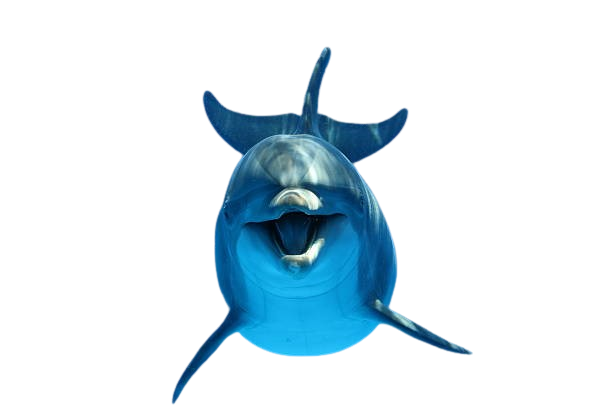Background
Aims
Understanding the energy dynamics of marine mammals is important because it offers insights into their behaviour, foraging efficiency, dive performance, and ecological impact on prey. Individuals must balance energy intake and expenditure, allocating resources for somatic maintenance, growth, reproduction, and physical activity. For diving marine mammals, that balance is more complicated, as they have to acquire more energy from prey than spent in hunting and simultaneously cope with limited oxygen availability underwater, which can be further accentuated due to climate change.
Bioenergetic models combine biotic and abiotic influences and predict the mutual relationship between energy expenditure and energy intake. Their foundation lies in the animal’s metabolic rate, which represents the total energy expenditure in a specific set of circumstances. The basal metabolic rate represents the basic physiological costs associated with survival. However, a more ecologically relevant measure of energy expenditure is the field metabolic rate, which includes the baseline energy consumption of the animal plus the additional energy required as the animal moves and survives in its habitat, like the locomotor cost and the cost of digestion. It provides insight into the energetic strategies used by marine mammals, however in most species it is difficult to estimate since neither of the aforementioned parameters are known.
The cost of digestion, otherwise known as heat increment of feeding, represents the amount of energy that is lost as a result of the mechanical and biochemical processes that accompany the ingestion, digestion, absorption and assimilation of a meal. Its duration and magnitude can depend on several factors, such as the size and composition of the meal, the temperature difference between the animal and its prey, as well as the age, body size, body composition and overall nutritional state of the animal; along with environmental factors.
For the bottlenose dolphin, there have been studies on the basal metabolic rate and the locomotor cost but not the cost of digestion, so this project aims to measure the heat increment of feeding in the species.

More specifically, it aims to investigate the magnitude and duration of the increase in metabolic rate related to digestion, by measuring the oxygen consumption before and after the provision of a predetermined quantity of food.